Meet the course manager: St Ives (Hunts) GC’s Rob Duff
The venue replaced its entire golf course with a new one just seven years ago. Rob talks about the challenges this has presented, why the club is winning its war against thatch and bunker refurbishment
Swedish golf professional Robert Karlsson opened the new championship course at St Ives (Hunts) Golf Club in Cambridgeshire, in 2010, when the club, established in 1923, moved to its present location in Giffords Farm. He praised the excellent quality greens and stated: “This course will mature to the highest of quality.” The course features undulating fairways, strategically placed bunkers, excellent putting surfaces and sculptured surrounds, which means that no two holes are the same and provides a test for golfers of all abilities. It also boasts flourishing wildlife promoted via the spectacular natural water features around the course; to date 90 different species of birds have been spotted adding to the picturesque setting.
Here, the club’s course manager, Rob Duff, talks about the challenges involved in maintaing this venue.
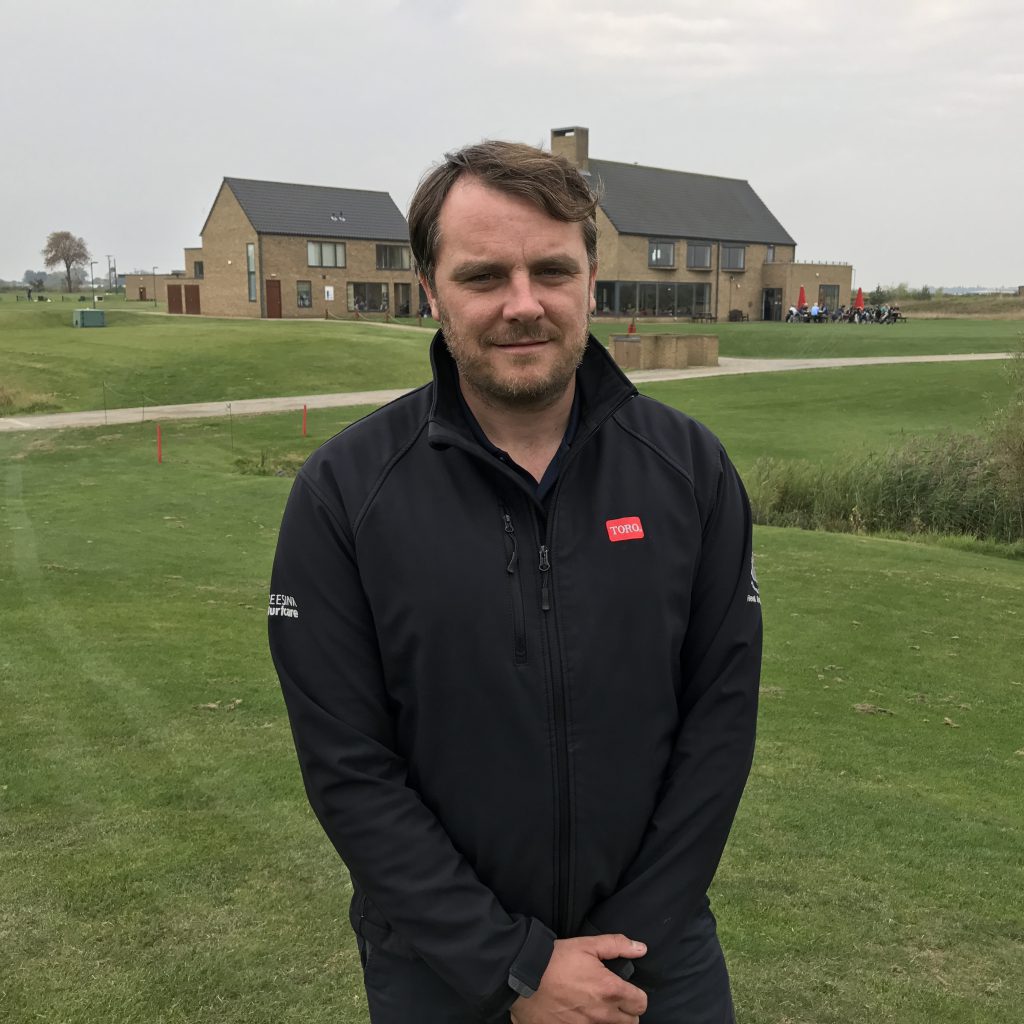
How did you become the course manager at St Ives (Hunts) Golf Club?
I’ve always been in the fortunate position that I’ve always known exactly what I wanted to do. I wanted to be a greenkeeper from the age of 16 when I saw a documentary about building golf courses in the desert. Since then the ‘how did they do that’? question has had me hooked.
Following my A-levels I wrote to all the clubs in the area and St Ives offered me a position of trainee greenkeeper. I started in 1997 at the nine-hole course close to the centre of the old town and after a number of promotions am now the course manager at the new 18-hole championship course, opened in 2010 on the outskirts of the town.
My qualification path has seen me gain my NVQ levels 2 and 3 and complete my foundation degree through the Myerscough College.
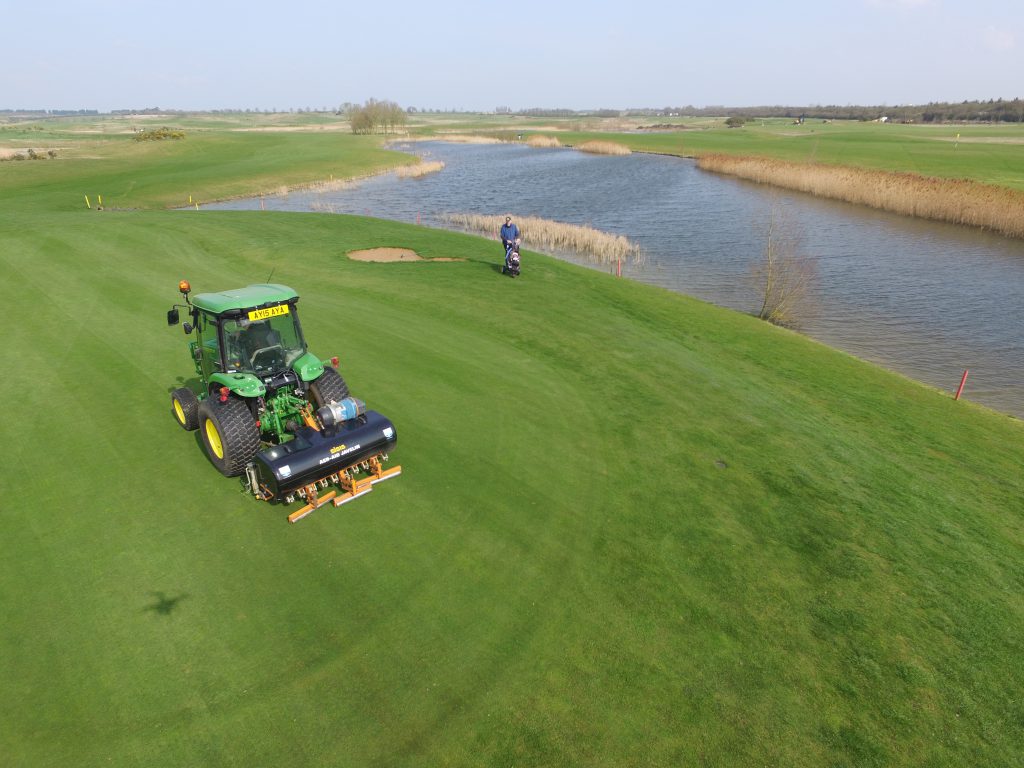
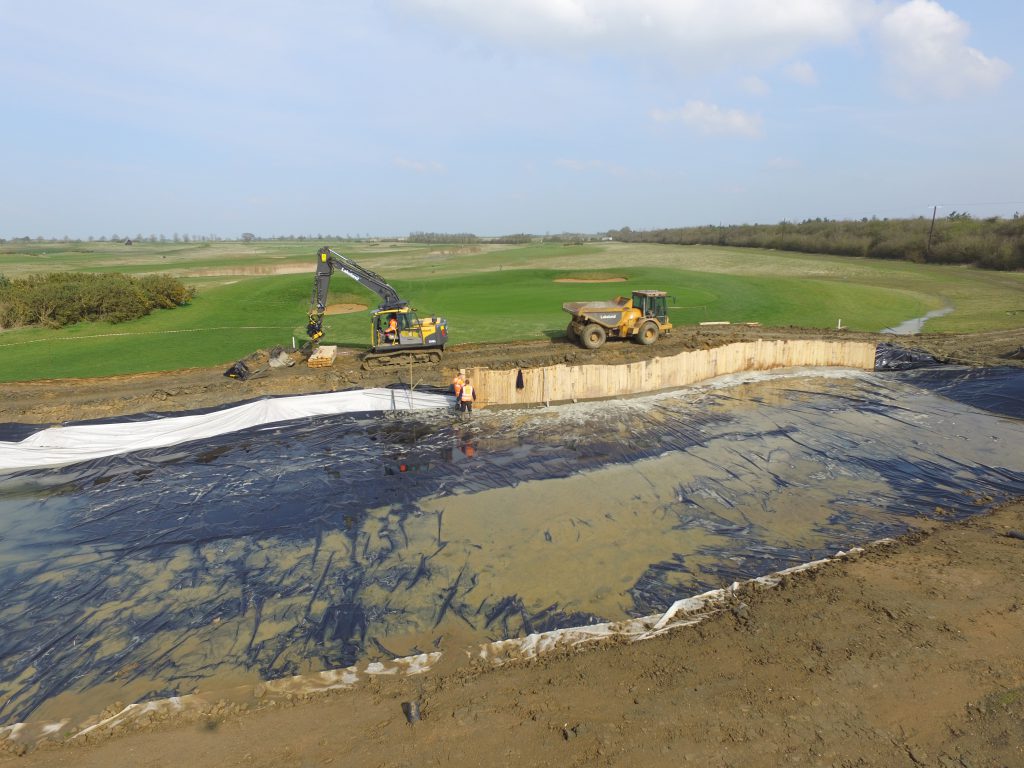
What are the biggest challenges you currently face?
My main challenge out on the course is the ongoing battle with thatch. Before I took the position of course manager the greens were allowed to build up a significant layer of thatch, which velvet bent will do if left to its own devices. It’s a battle that we are winning but it’s very much a continuous battle, due to the greens being sown with straight ‘velvet bent’ in the original construction. An aggressive approach to thatch management has been essential.
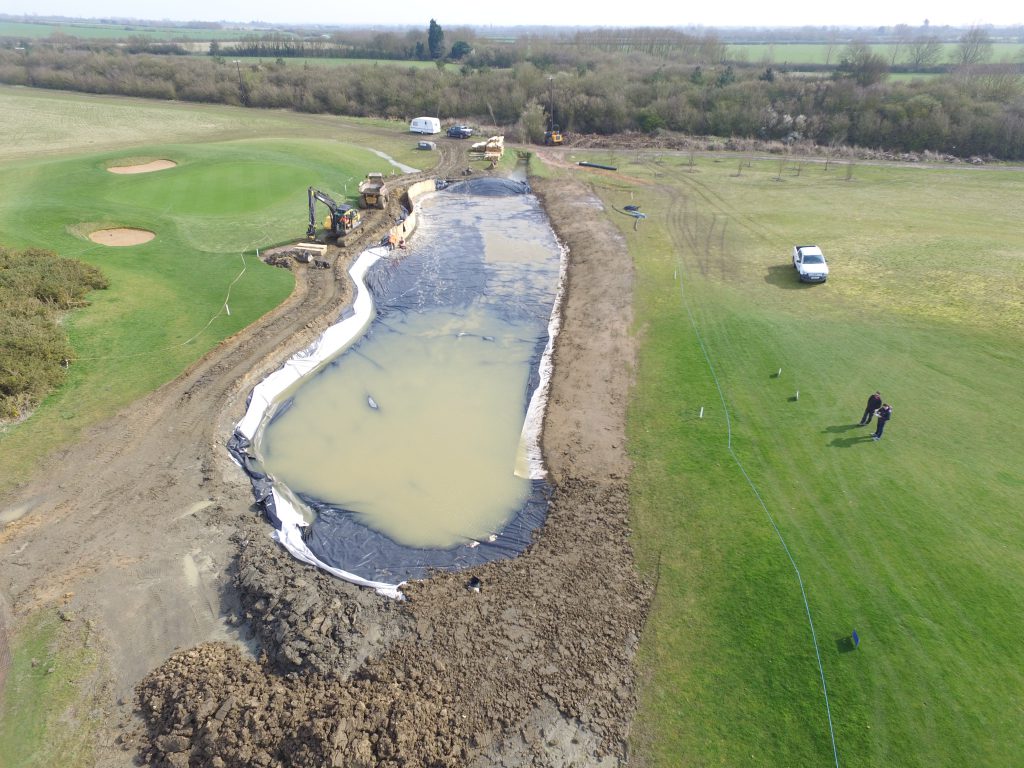
What has been the main cause of the recurring thatch on the greens?
The main cause is the original grass the greens were sown with (velvet bent). It’s a fantastic grass but is naturally a grass which produces a lot of thatch and requires an intense maintenance input. Three years ago we had a huge issue due to minimal aeration work taking place. Following the implication of the greens’ maintenance programme we have seen a decrease in thatch levels of 75 to 80 per cent.
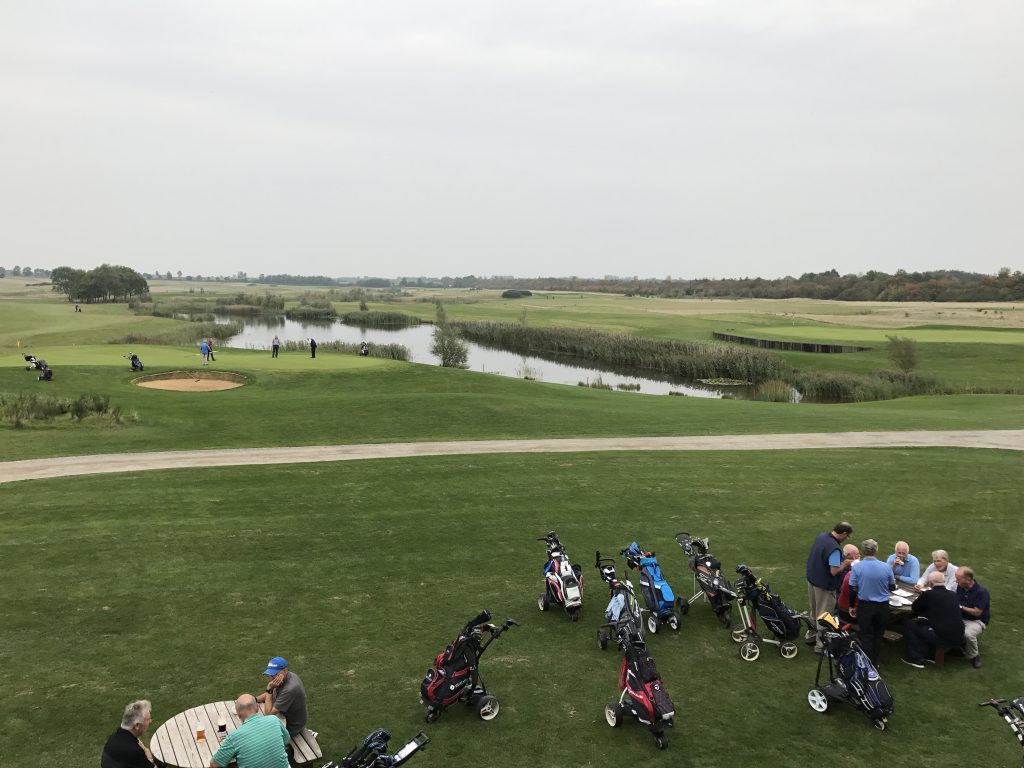
You decided to adopt an aggressive solution toward the thatch problem, what exactly have you done?
The ‘attack’ on thatch has taken place using a number of different techniques. Firstly we have large inputs of aeration at differing depths using a variety of machinery. Everything from Sarel rollers to Verti-draining and everything in between is done on the greens.
We have a ‘drip feed’ approach to fertilising to avoid lush growth. Verti-cutting is completed regularly. Regular light topdressing with straight sand (180 tonnes per year). Overseeding takes place twice a year with none creeping grass species used. Hollow tining takes place during our maintenance week and as and when needed throughout the year. We incorporate a mixture of oxygenating and de-thatching products with penetrators into the profile following aeration.
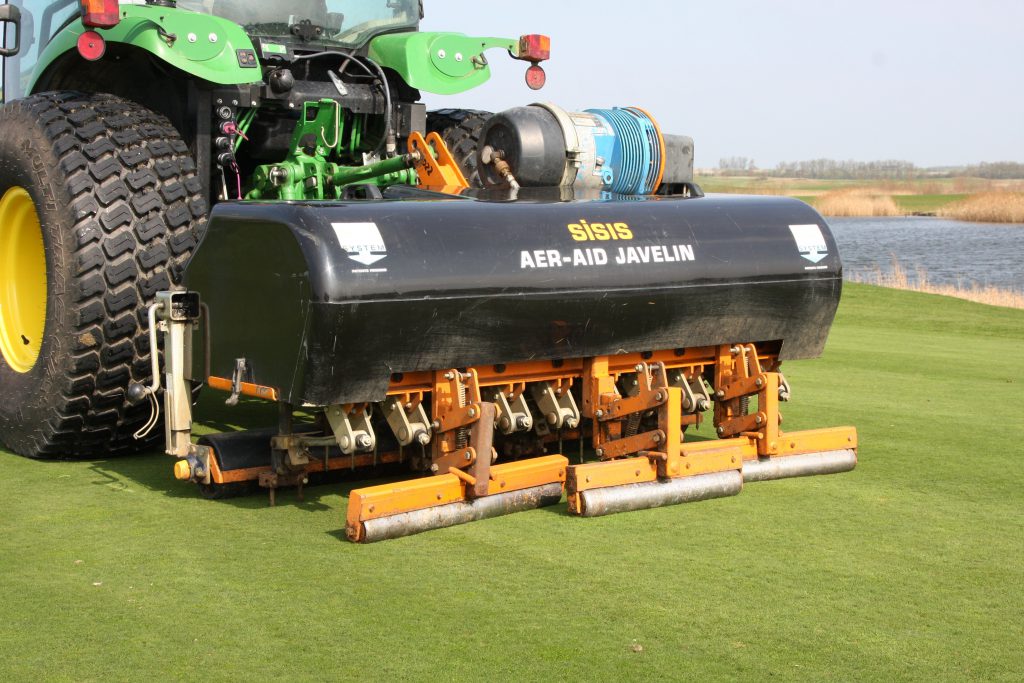
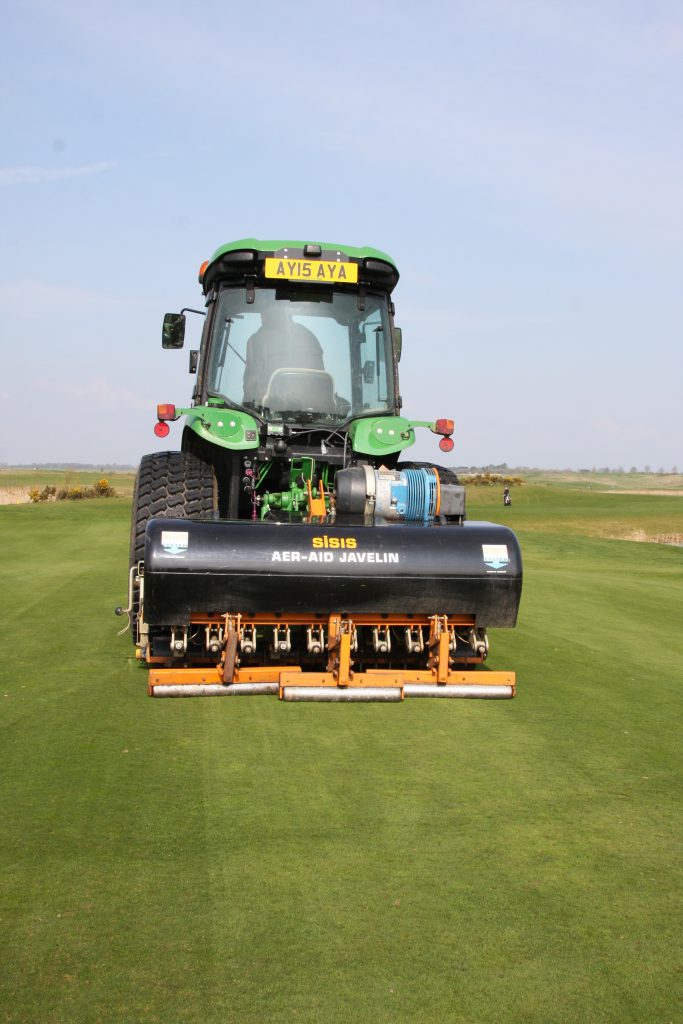
In what ways has the SISIS Aer-Aid helped you manage this problem?
The ability to inject air directly into the profile is a great weapon in our fight against thatch.
The main benefit is that it does exactly what we want it to do: get air into the profile. This is done quickly and efficiently. We cut and roll directly behind and the green is open for play instantly.
It’s also a very versatile piece of kit. Not only can we set it up to inject air but it can also be fitted with solid and hollow tines.
We use the SISIS Aer-Aid throughout the year and I would thoroughly recommend its use to anyone that has an underlaying thatch issue.
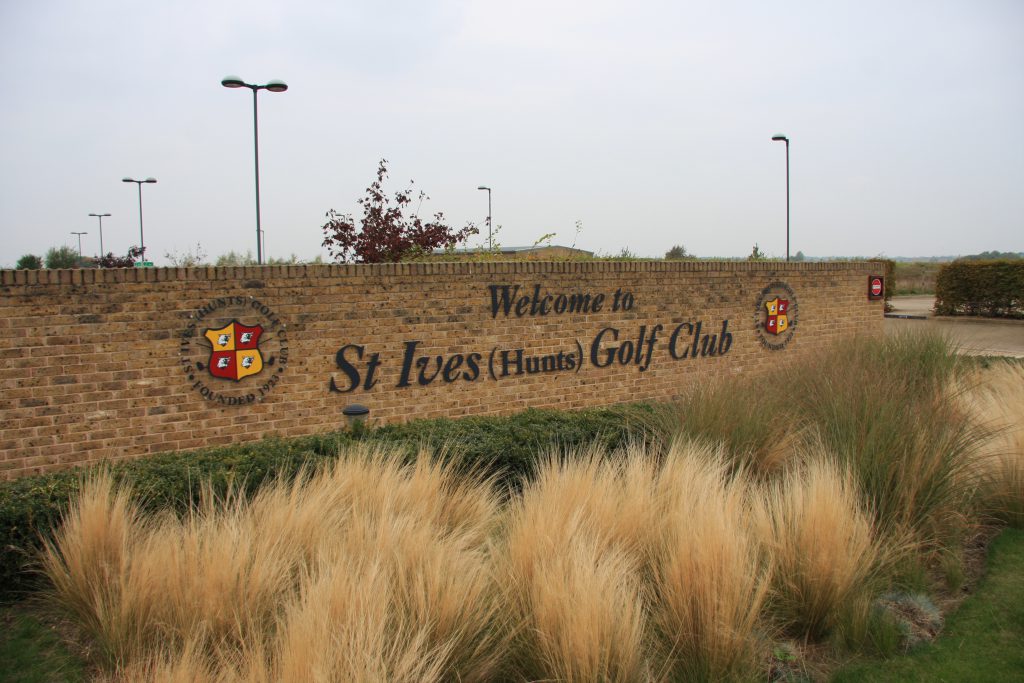
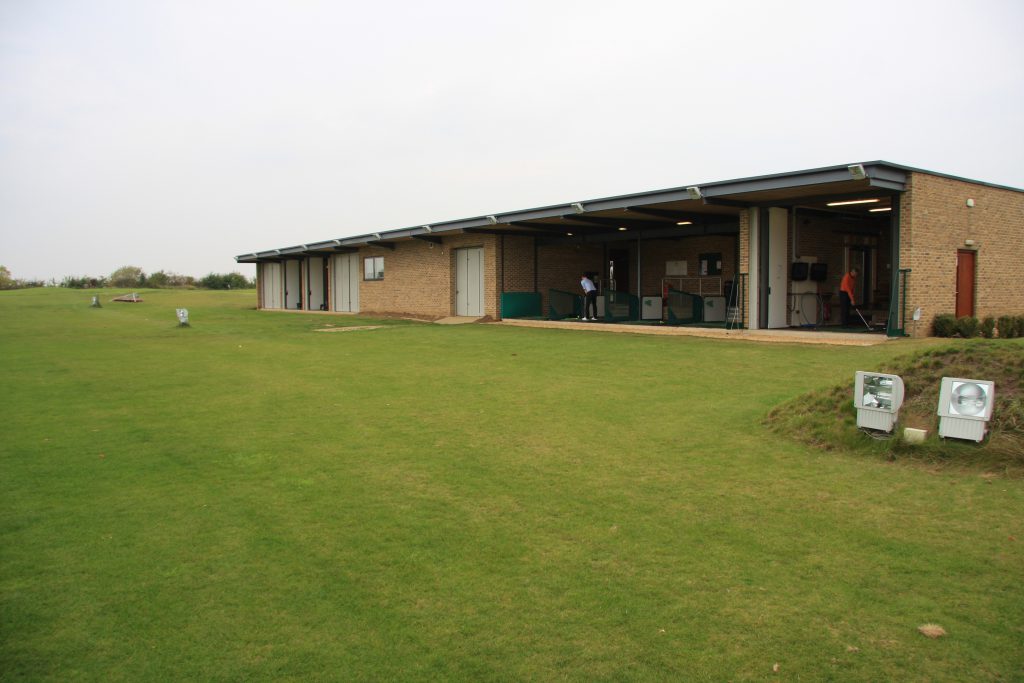
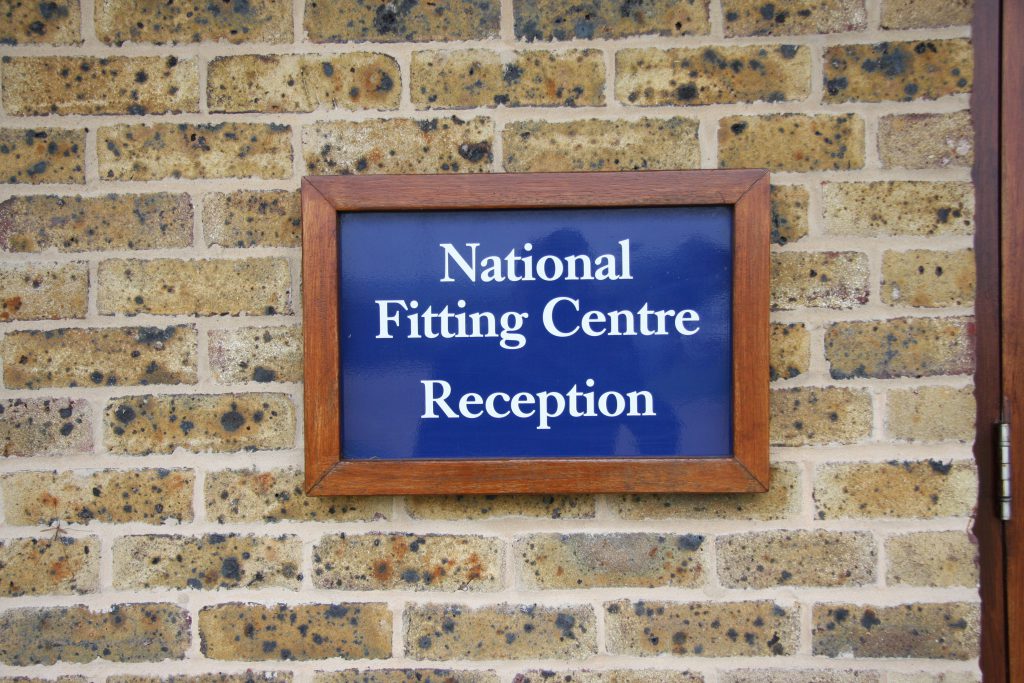
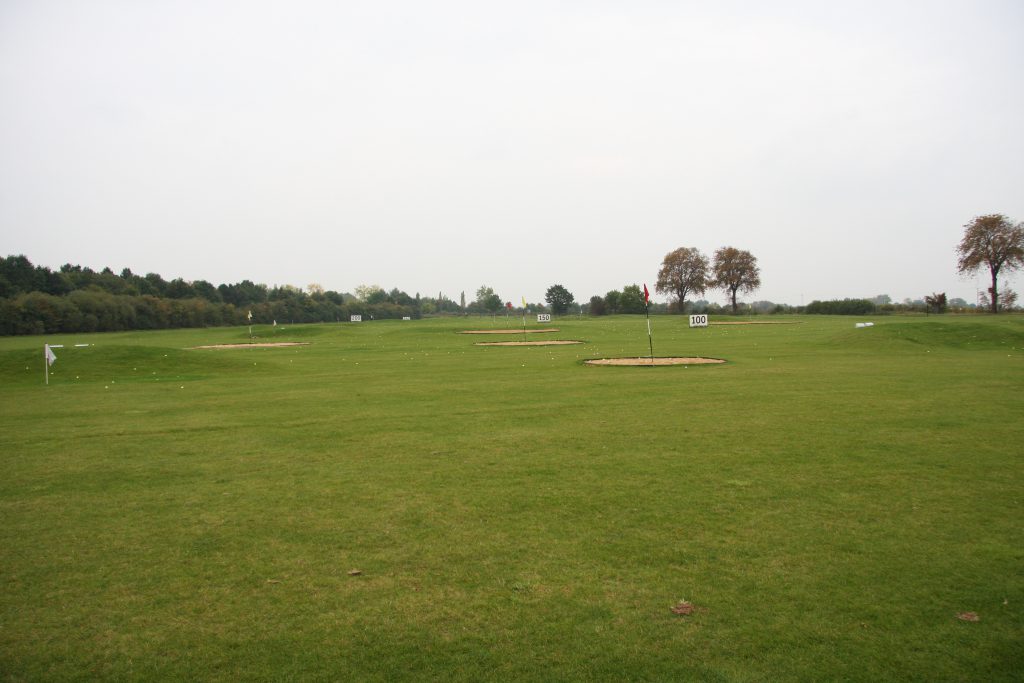
The underlying soil content is high in clay and the course is pretty exposed to East Anglia’s climatic conditions. How do you manage these challenges?
Other than the greens our main challenge is the areas of long rough. We are by design an ‘inland links’ course and have fescue grass planted in areas between fairways. Growing fescue presents its own challenges.
We have a maintenance programme in place to promote these grasses in the clay. We cut, bail and remove the bails from site annually in September / October. This ensures a healthy plant growth at the start of the following season and sees a reduction in the organic content of the soil.
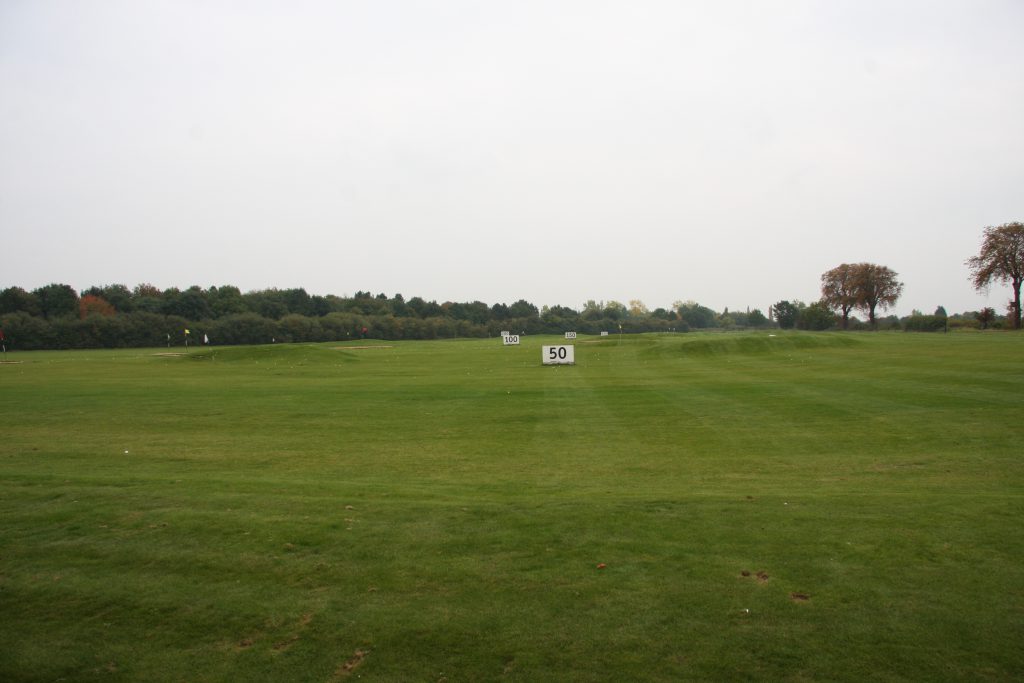
The course is self sufficient in terms of water. How does that work?
The course was basically designed (Cameron Sinclair) as a huge drainage basin, with a return pump sitting at its centre. Any water which is not used by the plant runs into a series of wetlands and drains before it is pumped back to the reservoir. This means we are ‘self sufficient’ for our water supply and use no water from the mains or river.
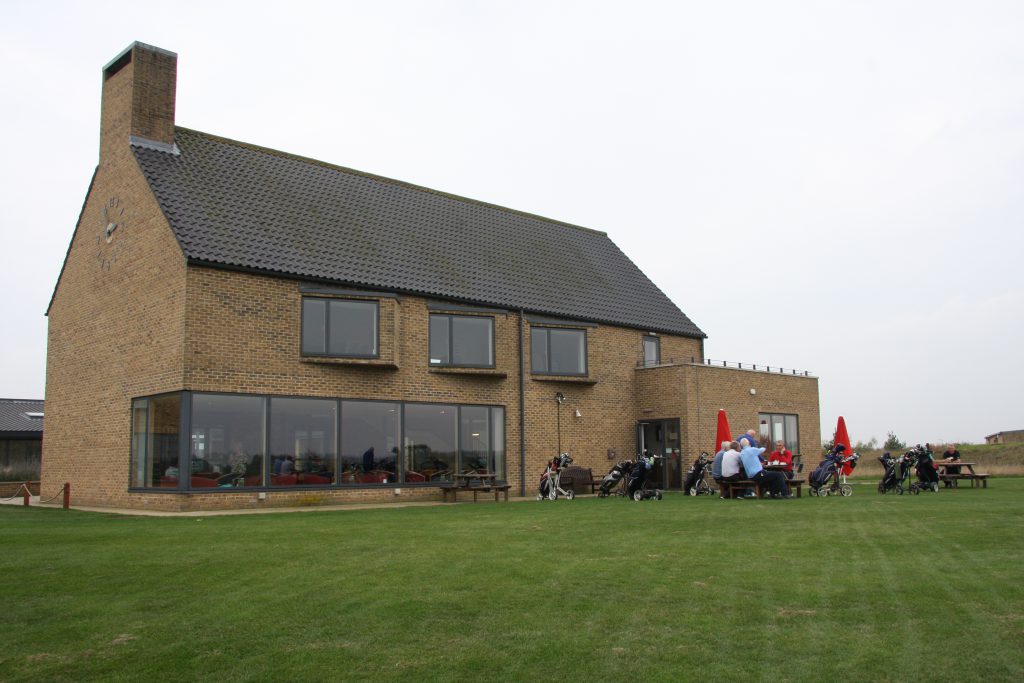
What reconstruction work have you carried out on the bunkers?
We installed two EcoBunkers on our practice area at the end of the 2016 season (re-used AstroTurf to create a revetted face). The feedback from the members has been very positive and so when we developed the 12th hole over the winter, the decision was made to install this style of bunker in the three greenside bunkers.
Again, the results and feedback has been very positive. These bunkers give the appearance of ‘revetted’ bunkers but this approach drastically reduces the maintenance costs and they are hoped to last upwards of 20 years.
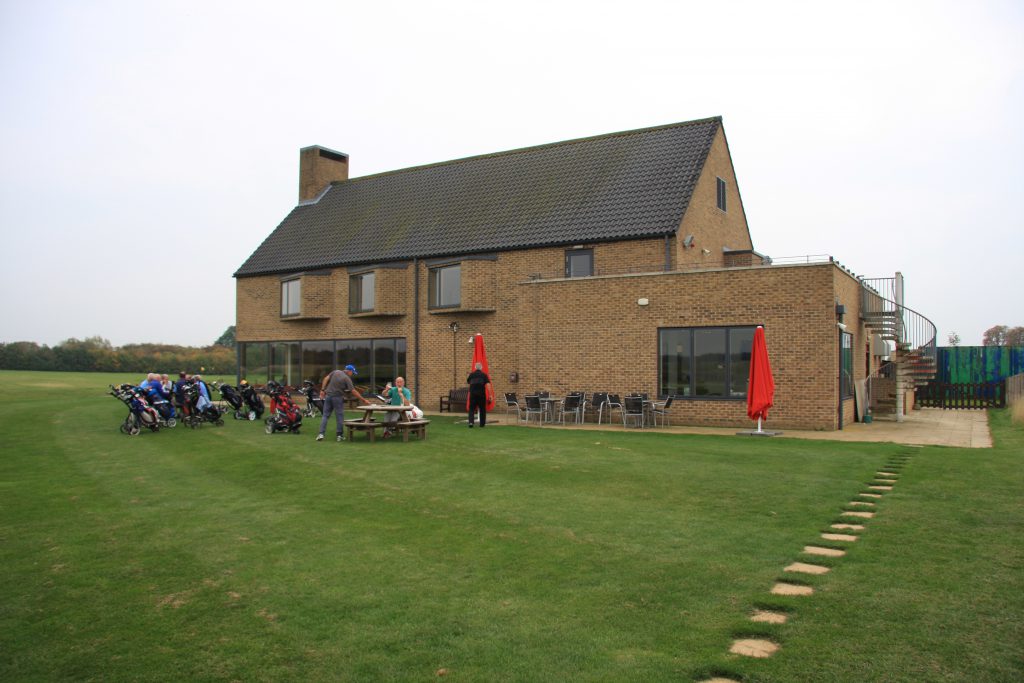
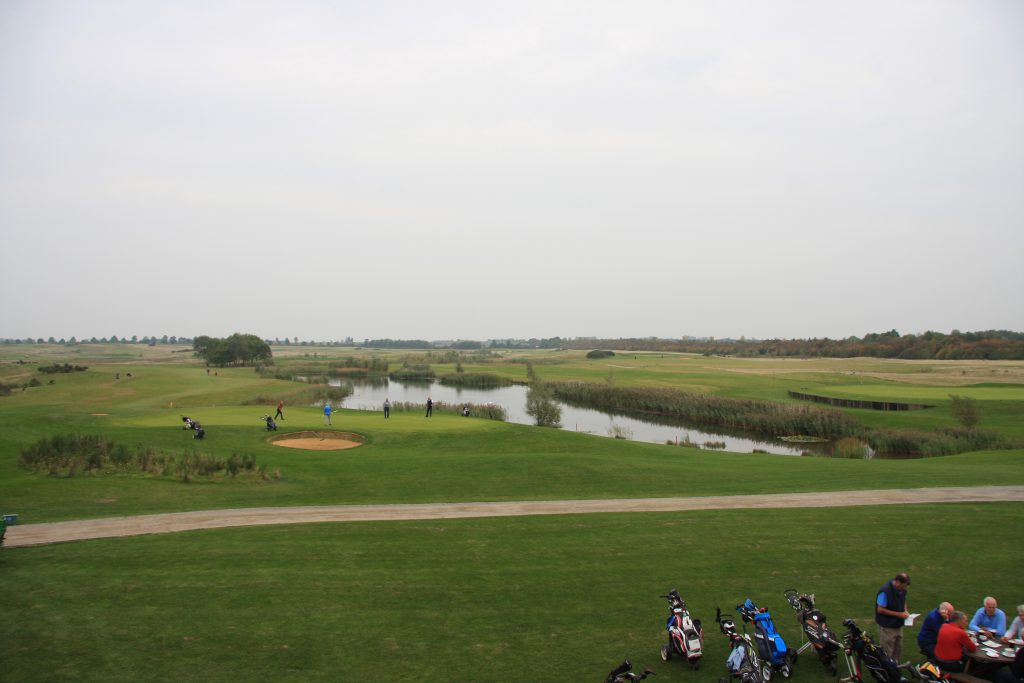
You interact with the members to annually support a charity. Please can you outline what you organise, how it works and what is achieved?
The interaction between the membership and the staff has been extremely positive from both the membership and the staff. We decided at the back end of last year to set up the greenkeepers’ charity. We are raising money to enable the club to purchase a mobility golf cart, to enable golfers with disabilities to come and play our course. We organise various events throughout the year culminating in the ‘Greenkeepers’ Revenge’ tournament which last year took place on November 4. Apart from the golf we had fireworks, a disco, hog roast and a local company called Extreme Events put on some activities including human table football and foot darts, which involved members kicking Velcro footballs at a 30 feet blow up dart board. A great day was had by all and lots of money raised for a great cause.
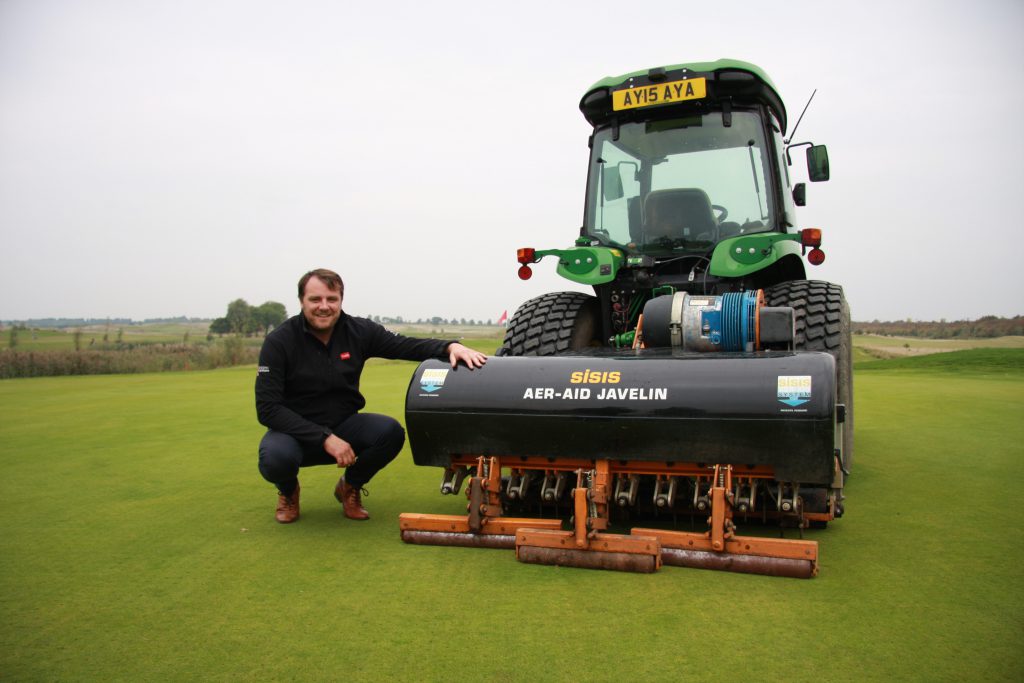
Who’s in your greenkeeping team?
I operate a dual role here at St Ives as both the course manager and head greenkeeper. I also have two full-time greenkeepers and a full-time mechanic / greenkeeper, a full-time range operator / gardener and two part-time greenkeepers. Other than that, I rely on a team of seasonal staff. All greenkeepers are fully trained to do all tasks, including the summer seasonal staff. This ‘all inclusive’ approach has led to seasonal staff returning from year to year – providing the club with the clear benefits this brings.
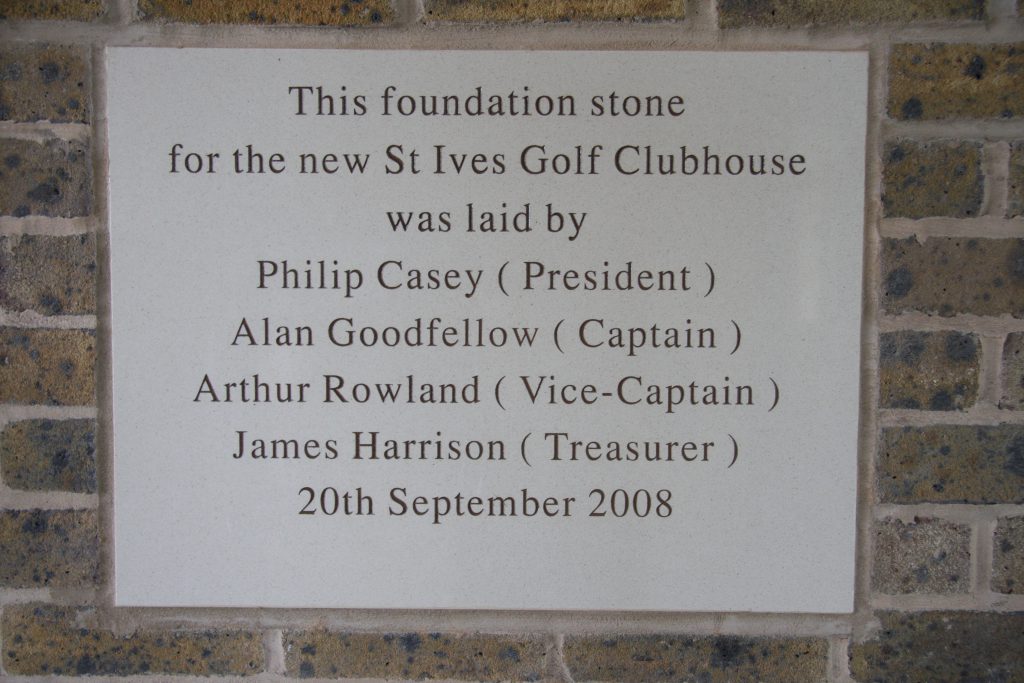
What height of cut do you use across the course?
Heights of cut are monitored throughout the year and adjusted on a regular basis depending on a number of factors, including, plant health, weather forecasts and tournaments held. As a rough guide our greens are cut at 3mm during the growing season and a winter height of 5mm. Fairways and tees are cut at 16mm and the first cut of rough is cut at 50mm weekly during the growing season. Our long rough is cut and bailed annually.
As you move around the course daily, what are you most satisfied and proud of and what have been the highlights of your career to date?
I’m proud of everything we have achieved as a club. The changes made to the water features on the 1st and 12th holes are stunning and dramatic improvements, but huge improvements have been made across the course to all areas.
We are all, as a club, striving to be recognised as not only the best course in the area but also one of the best in the country. We’ve seen an increase in regional and national tournaments. We’ve hosted events for the Midland Golf Union, Cambridgeshire Area Golf Union and Cambs and Hunts Ladies County Golf Association as well as the professional TP Tour and we have seen huge increases in our membership numbers. Since January 31, 2017, 119 new members have joined so we are without doubt heading in the right direction as a club. It’s a great club to be involved in, with a clear vision of where it wants to be, but more importantly how it wants to get there.
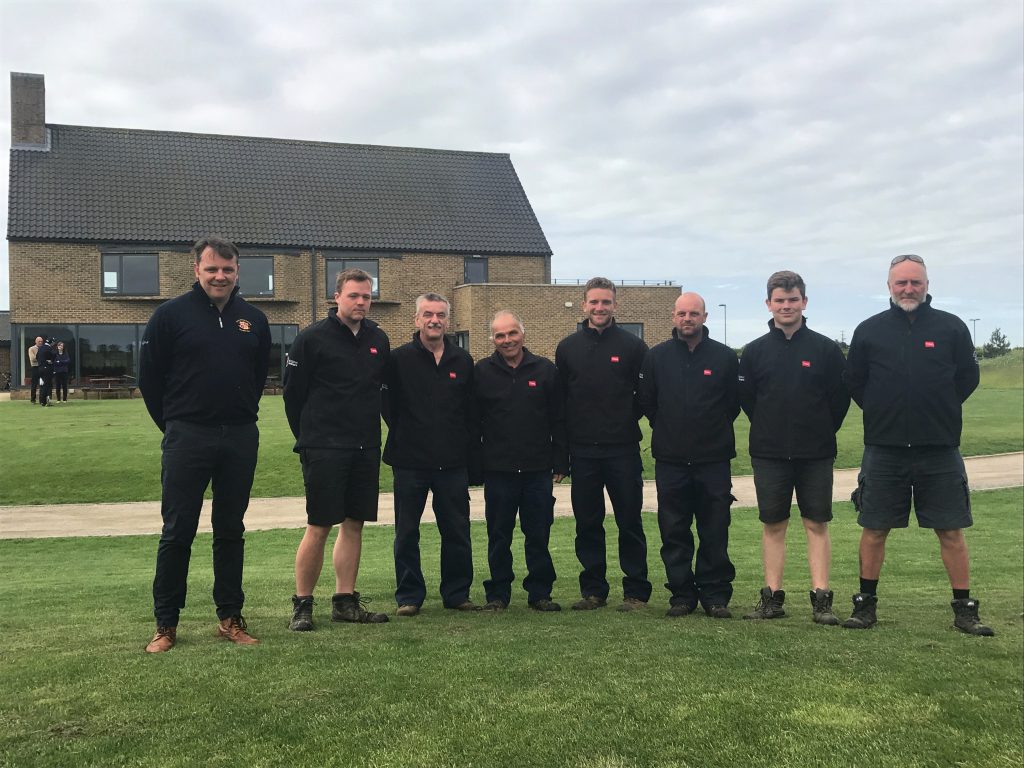
How do you personally engage and communicate with the membership?
Communication with the membership is key, especially with the levels of work that goes on here at St Ives. We send out a regular email update to the membership, we have a really popular social media thread which I have access to, to provide regular updates.
We also host presentation evenings, which focus on course updates and future development projects and finally we have a golf course development committee, which I sit on in an advisory capacity.




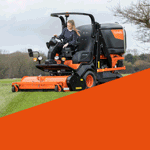










Let me tell You a sad story ! There are no comments yet, but You can be first one to comment this article.
Write a comment